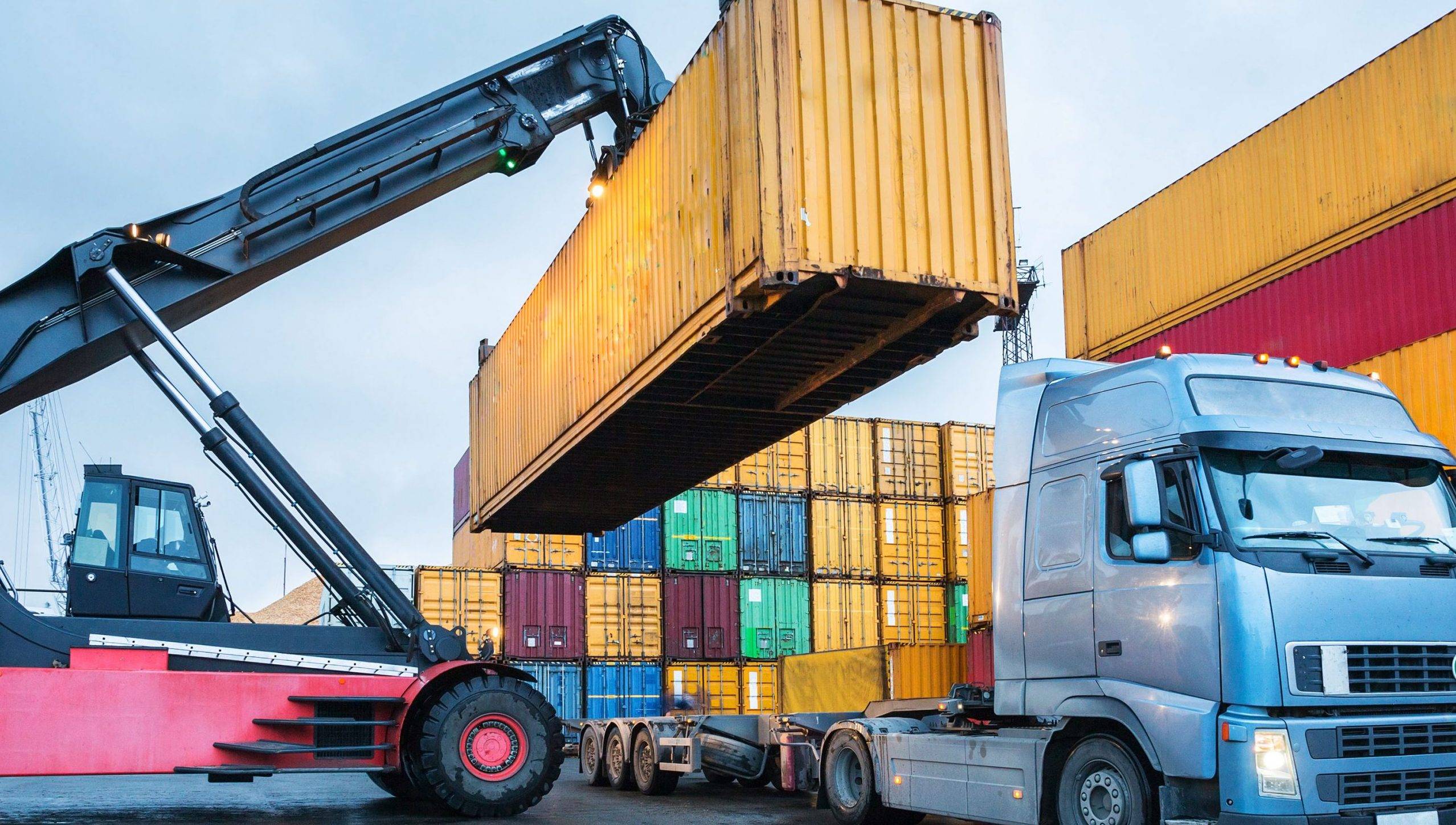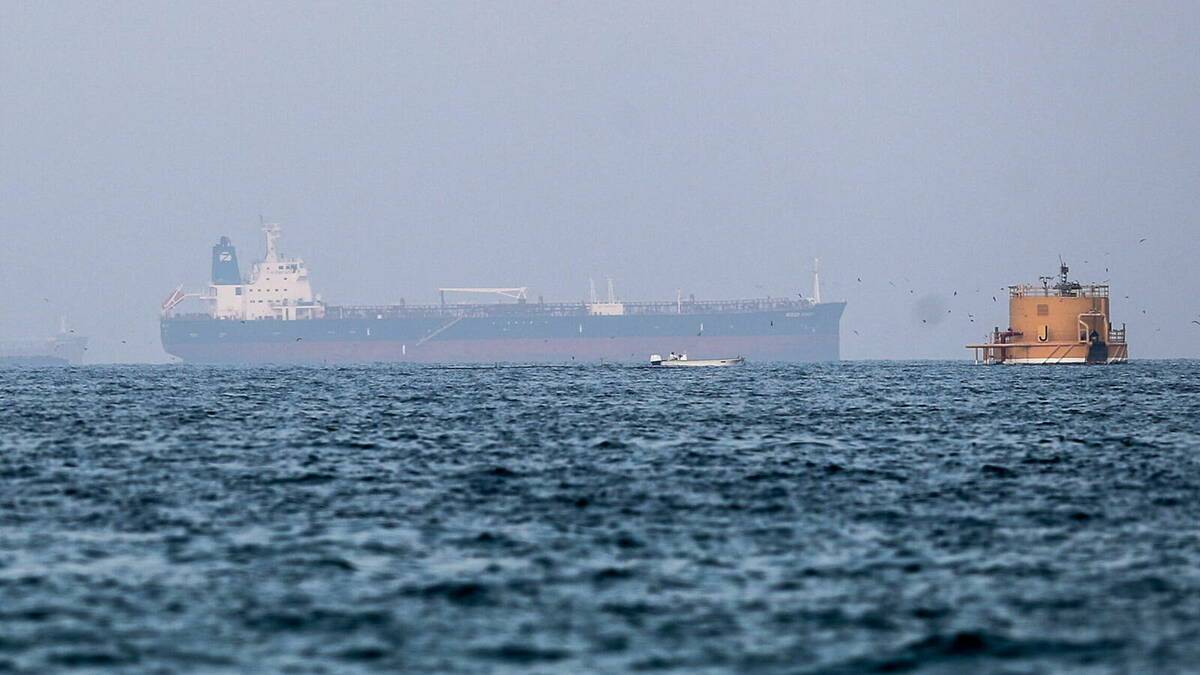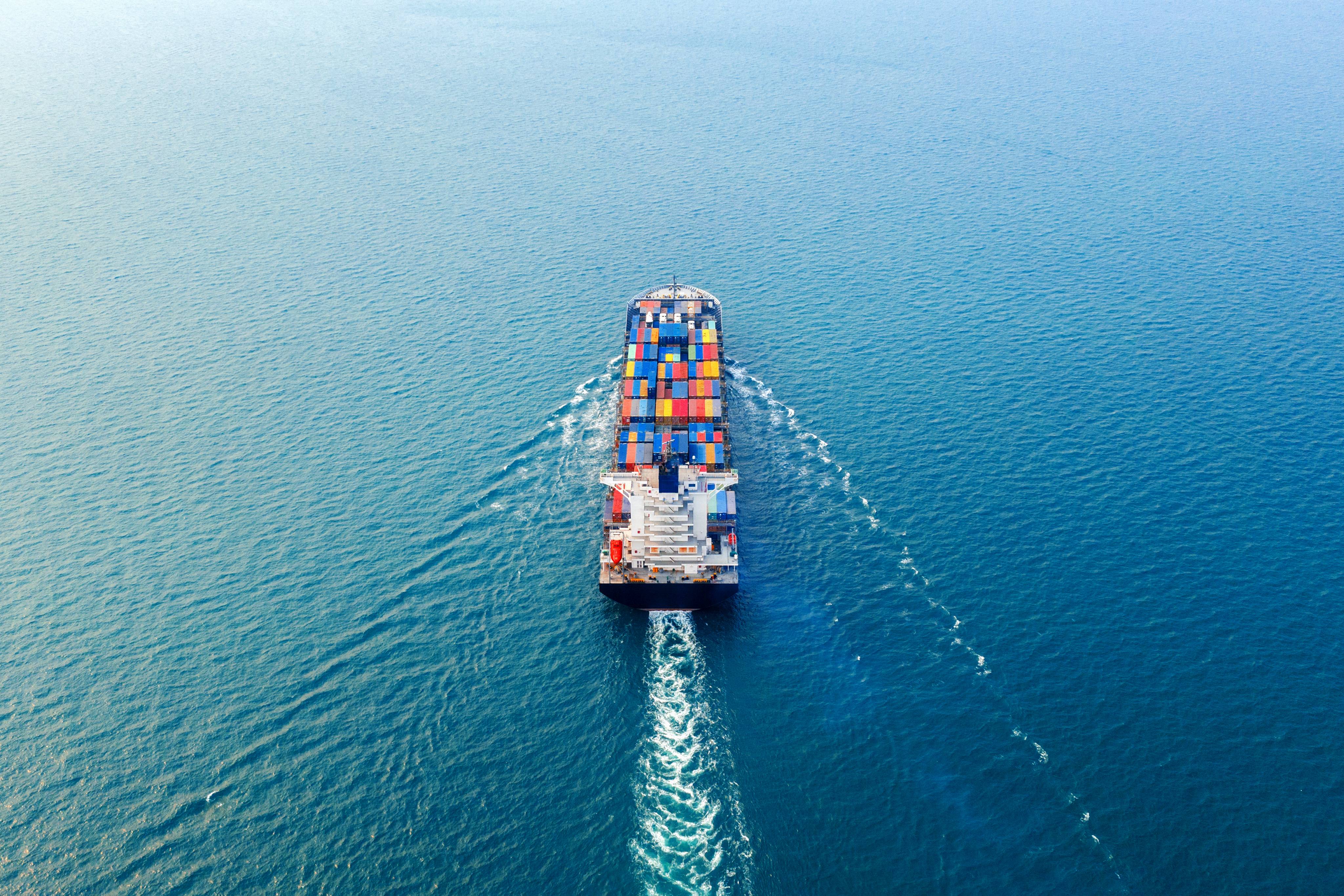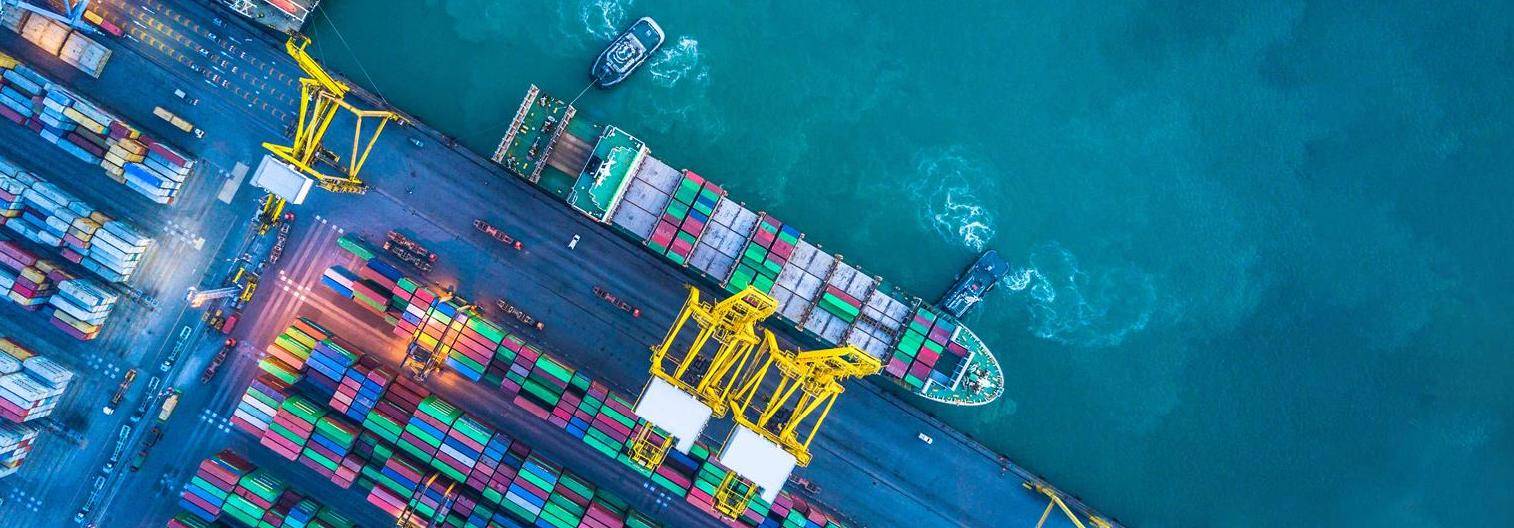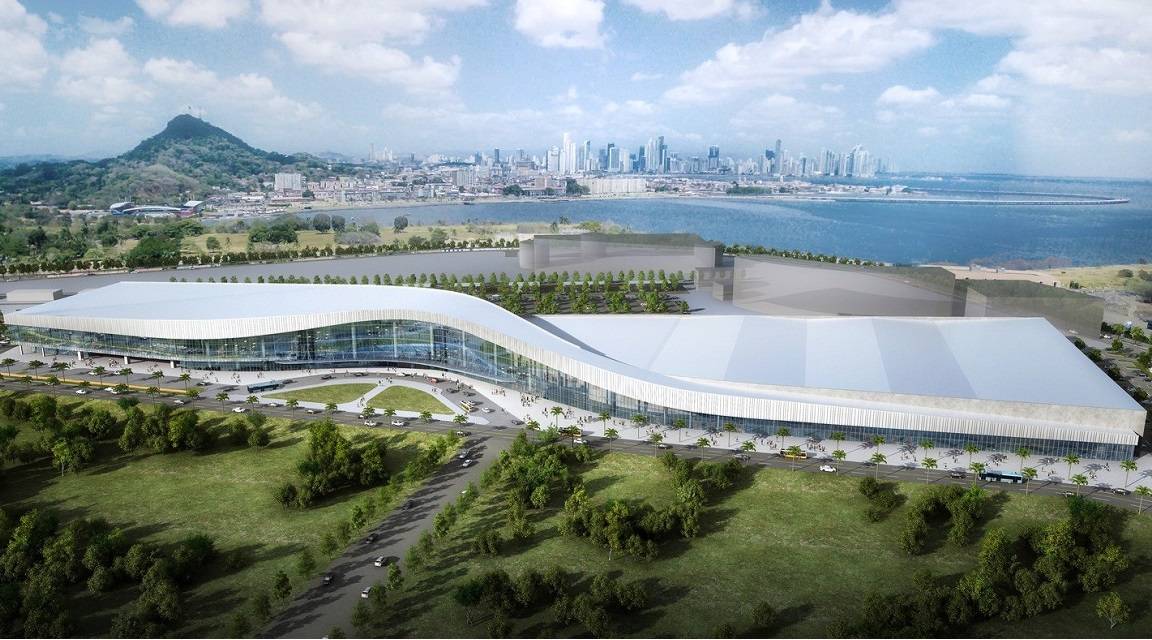Truckload growth, consumer demand, and employee shortages are leading to bottlenecks in the transportation, logistics, and shipping industry.
There is a certainty when it comes to higher transport demand that has risen due to the pandemic. Transportation costs are increasing from distribution and manufacturing centers to consumption centers, reaching end consumers. Consumerism isn’t slowing down either, and consumer behavior is being driven by hybrid lifestyles or adaptation to completely remote living. This influences consumers even more towards purchasing equipment or house goods so they can revamp their households into newer spaces they might need - a new office, resting space, gyms, and much more.
For 2021, truckloads grew 12 percent year-over-year between 2020 and 2021. That percentage is expected to grow by 2.5-3 percent in 2022. Another problem that arises from the high demand is that capacity isn’t growing at the pace demand is. Mentioned demand usually increases for the holidays however, January showed us that even after the holidays demand for goods isn’t slowing down.
Although this comes as a positive outcome for the industry as the maritime and transportation sectors are not slowing down, freight rates have doubled or even quadrupled in some cases. Moving a container from Asia to Panama used to normally reach a $2,000 freight rate, now that number reaches something between $10,000 to $15,000.
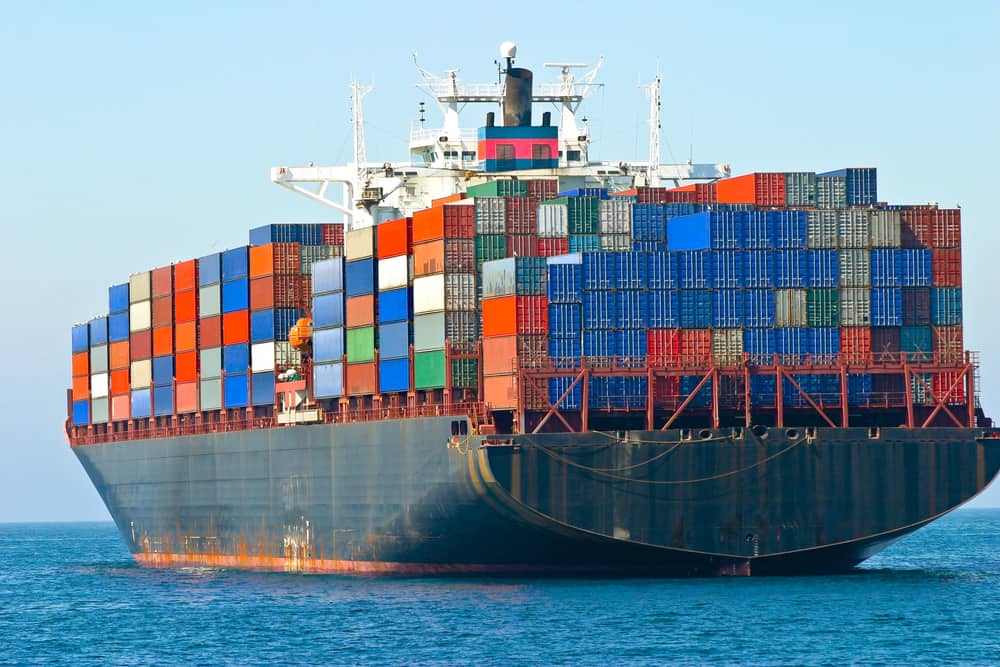
Port bottlenecks, including port congestion mostly in Asia and the United States, have been the biggest drivers for the rate increase. Slower processing times and more demand has not allowed for a normalized freight market that we could not start seeing before the second quarter of 2022. Other than the omicron variant sidelining drivers, various other factors have affected the market to reach its normalized rates including winter storms, and robust freight volumes.
In any case, the maritime sector is experiencing strict problems, as it is becoming a seller’s market, and an unreliable and costly option for shipping. Employees down the supply chain are having to explain to logistics managers that ocean freight is the option to transport their products, yet it's becoming inefficient for its current higher prices.
What other repercussions or problems can you see in the market and what should we do as players in the maritime sector to turn the market into stabilization?
Tags:
Truckloads, freight rates, transport demand, shipping, logistics, high costs, transportation, demand growth, shipping capacity,

